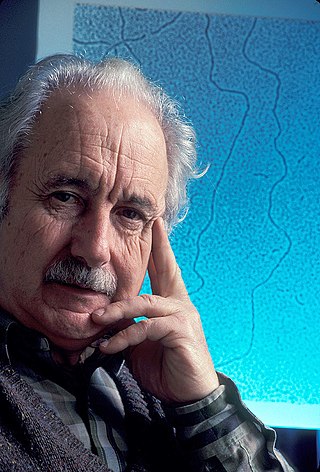Viroid
small single-stranded, circular RNAs that are infectious pathogens of plants and other organisms From Wikipedia, the free encyclopedia
Remove ads
Viroids are the smallest infectious pathogens known. They consist solely of short strands of circular, single-stranded RNA without protein coats. They are mostly plant pathogens (plant diseases), some of which can cause crop loss.[1]

Viroid genomes are extremely small in size. They are about 80 times smaller than the smallest virus.[2] The human pathogen (causes diseases in humans) hepatitis D virus is a defective RNA virus[3] similar to viroids.[4]
Viroids were the first "sub-viral pathogens" discovered and named by Theodor Otto Diener. He was a plant pathologist at the U.S Department of Agriculture's Research Center in Beltsville, Maryland, in 1971.[5][6] The first viroid to be identified was the Potato spindle tuber viroid (PSTVd). About 33 species have been identified.
Remove ads
Related pages
- Obelisk (biology), a viroid-like structure found in humans.
References
Wikiwand - on
Seamless Wikipedia browsing. On steroids.
Remove ads
